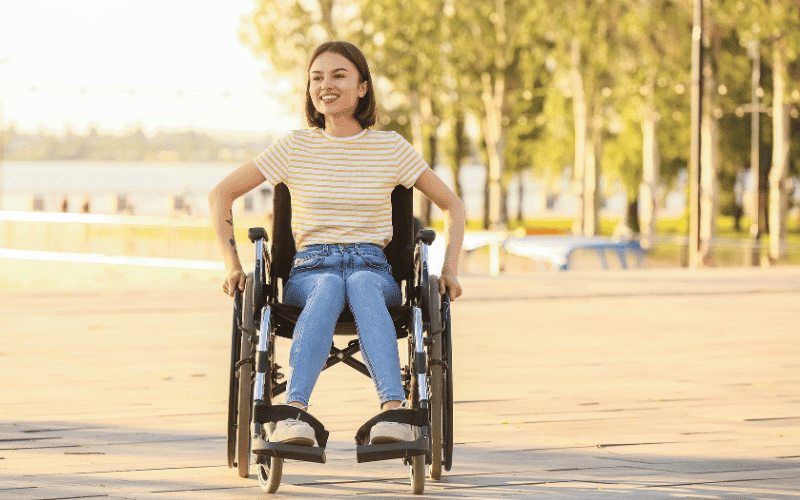2. Physical Degeneration: The Devastating Impact of Juvenile Huntington’s Disease

Another heartbreaking aspect of JHD is the physical degeneration that children with this condition experience. Unlike adult-onset HD, which often starts with chorea (involuntary, irregular, dance-like movements), JHD often begins with rigidity, slowness, clumsiness, or even tremors. This can lead to a significant decrease in a child’s physical capabilities, affecting their ability to carry out everyday activities and severely impacting their quality of life.
The physical symptoms of JHD can progress to the point where the child may have difficulty walking or speaking. They may become unsteady, stumble often, or start dropping things.
As the disease progresses, the symptoms can become more severe, with some children eventually needing a wheelchair for mobility. In extreme cases, swallowing food can become difficult, leading to malnutrition and other health complications.
Despite the daunting nature of these physical symptoms, they can be managed with the right care and treatment. Physical therapy can significantly help maintain mobility and muscle strength for as long as possible. Speech and occupational therapy can also help manage the symptoms and maintain the child’s independence. (2)